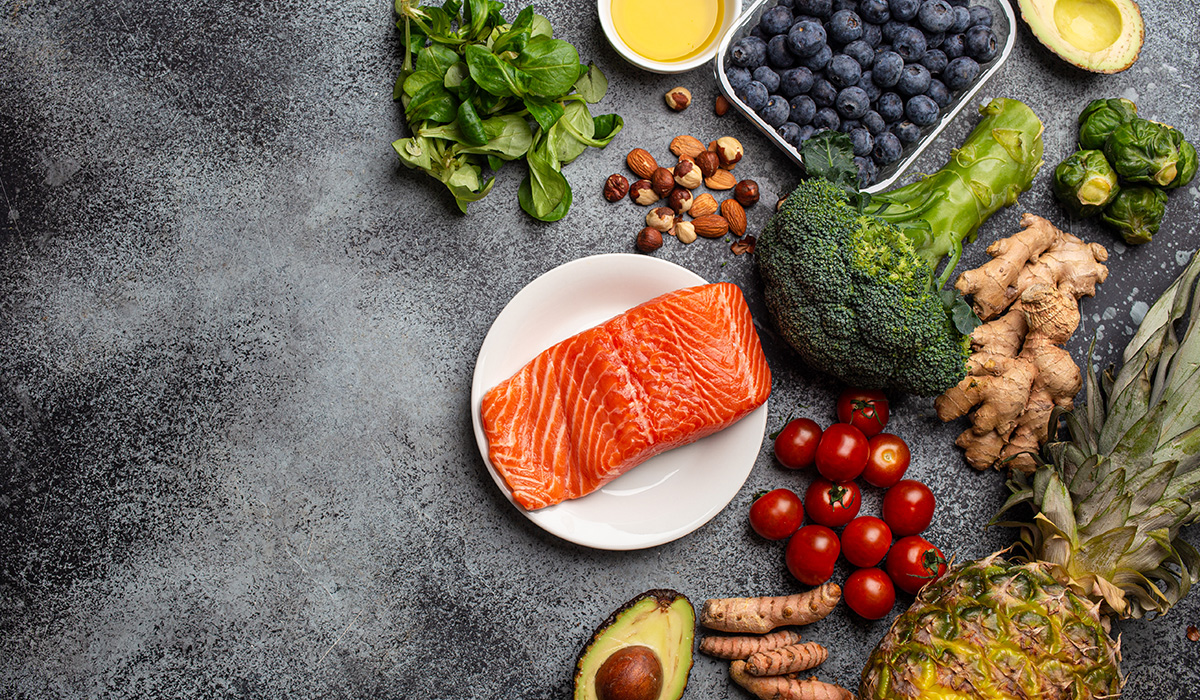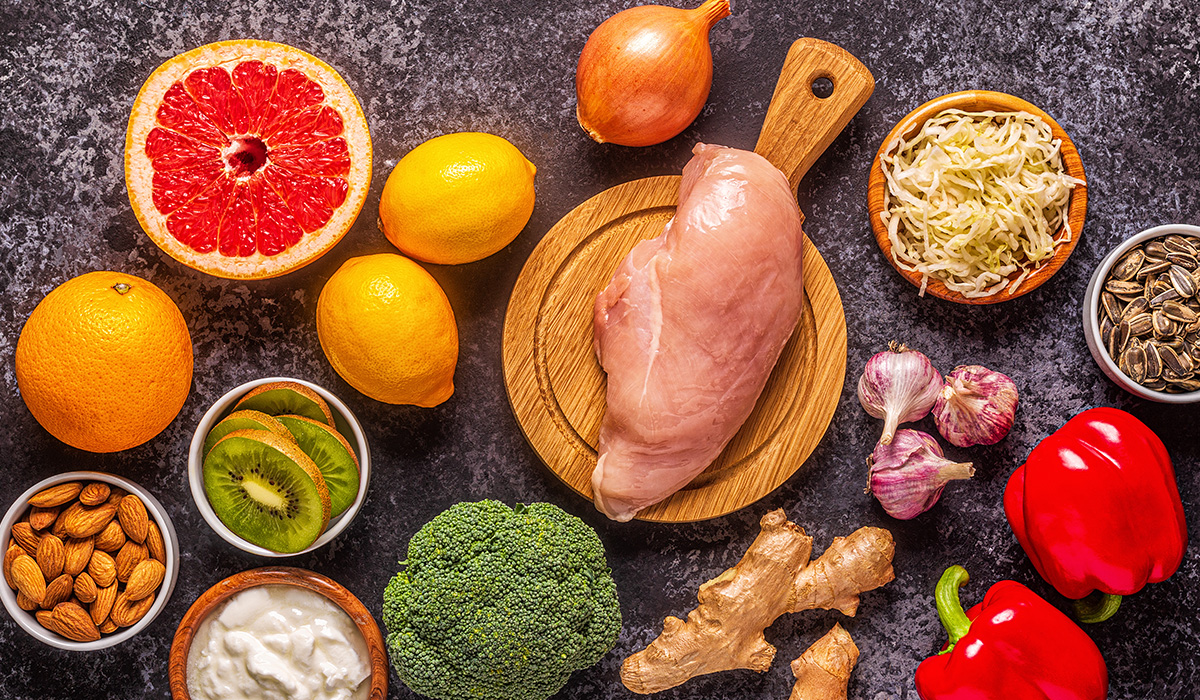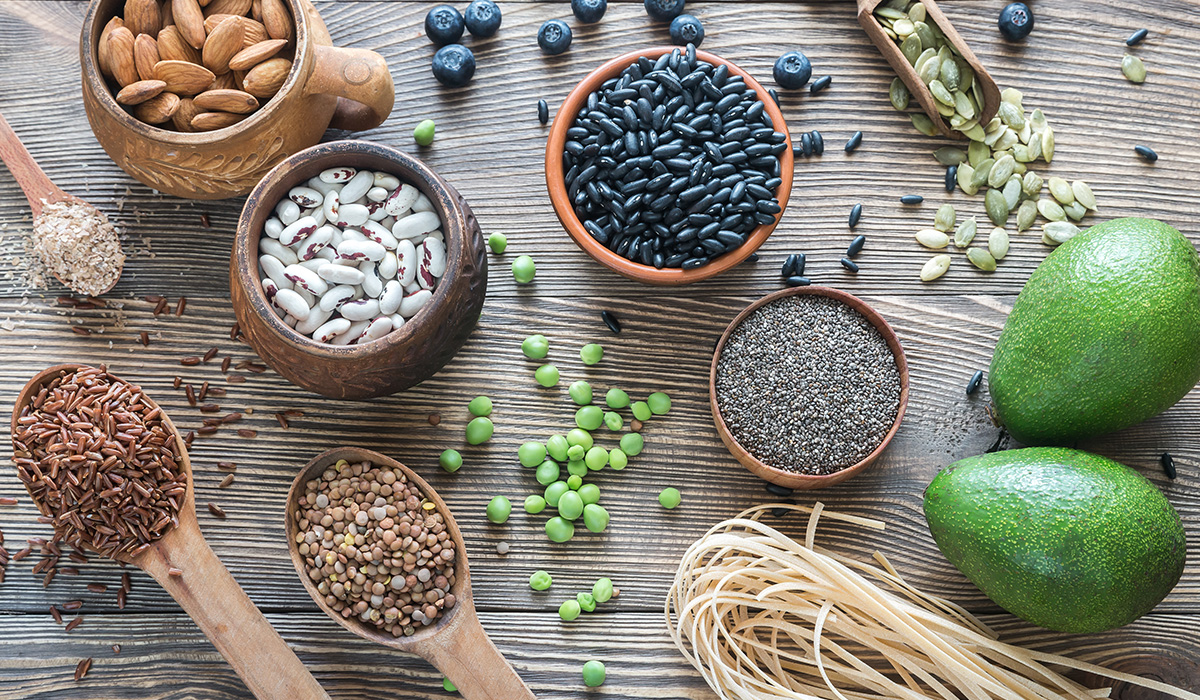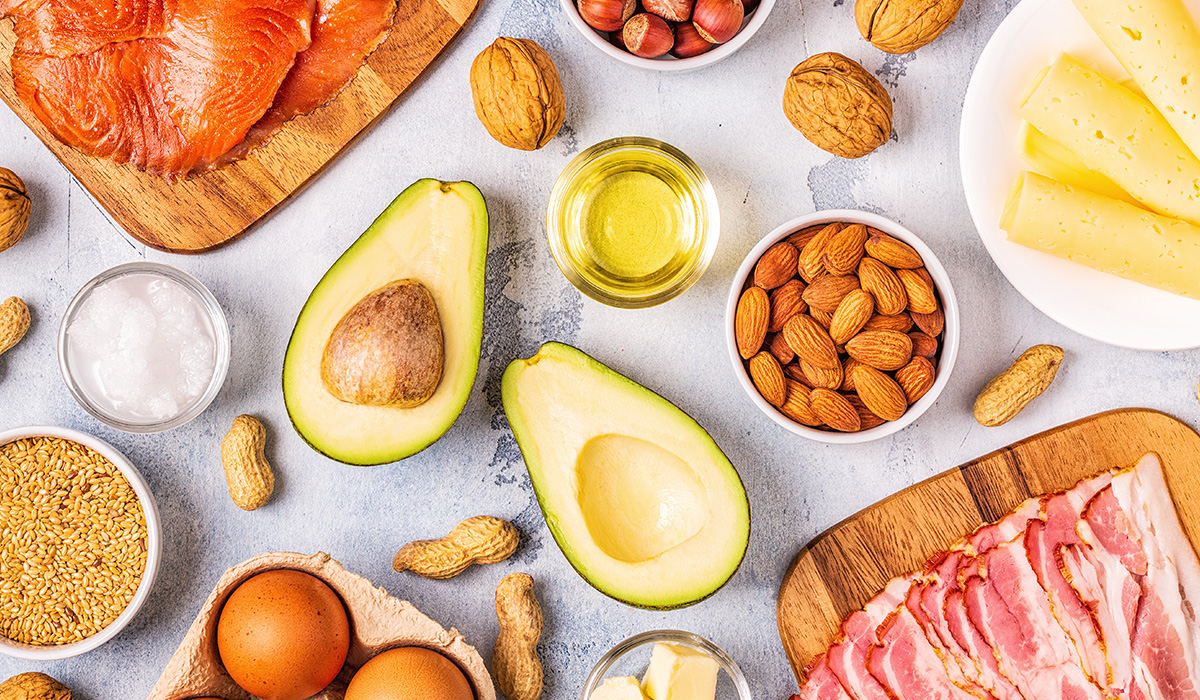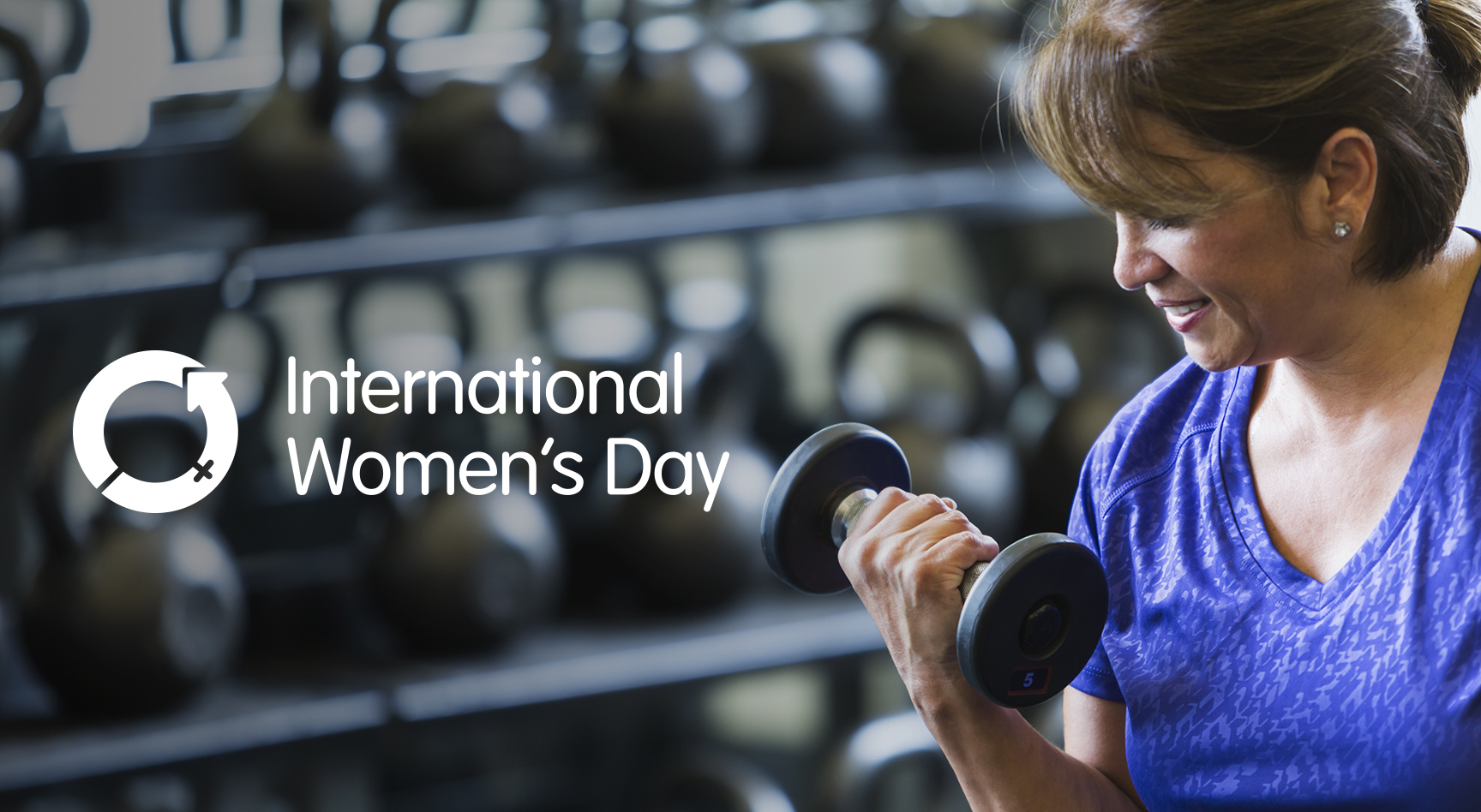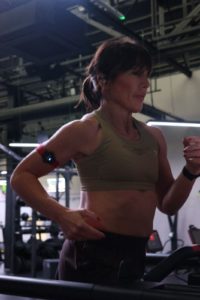The paleo diet is designed to resemble what human hunter-gatherer ancestors ate thousands of years ago.
Although it’s impossible to know exactly what human ancestors ate in different parts of the world, researchers believe their diets consisted of whole foods.
By following a whole food-based diet and leading physically active lives, hunter-gatherers presumably had much lower rates of lifestyle diseases, such as obesity, diabetes, and heart disease.
In fact, several studies suggest that this diet can lead to significant weight loss (without calorie counting) and major improvements in health.
A PALEO DIET MEAL PLAN
There is no one “right” way to eat for everyone and palaeolithic humans thrived on a variety of diets, depending on what was available at the time and where in the world they lived.
Some ate a low-carb diet high in animal foods, while others followed a high-carb diet with lots of plants. Consider this as a general guideline, not something written in stone. You can adapt all of this to your own personal needs and preferences.
Here are the basics:
- EAT: Meat, fish, eggs, vegetables, fruits, nuts, seeds, herbs, spices, healthy fats, and oils.
- AVOID: Processed foods, sugar, soft drinks, grains, most dairy products, legumes, artificial sweeteners, vegetable oils, margarine and trans fats.
BENEFITS OF THE PALEO DIET
RICH IN NUTRIENT-DENSE FOODS
It’s only natural that when less-nutritious foods are restricted, you’ll turn to healthier options to fill your belly. The paleo diet emphasizes many nutrient-dense foods like:
- VEGETABLES – provide fibre, vitamins, and
- FRUITS – act as a naturally sweet treat and packed with phytochemicals.
- NUTS – fill you up with healthy, satiating
- SEAFOOD – packed with protein and omega-3 fatty acids.
WEIGHT MANAGEMENT
The paleo diet can certainly lead to weight loss if there is an overall calorie deficit, like any other type of diet. Research published in 2020 has shown that implementing a paleo diet leads to reduced body weight, waist circumference, and BMI. In randomized controlled trials, those who are placed on specific paleo diet guidelines may experience weight loss.
Research found that this depended if participants adhered to the specific rules that go hand in hand with the diet rather than following what they thought was the Paleo diet.
CARDIOVASCULAR HEALTH
A 2019 meta-analysis in Advances in Nutrition linked the paleo diet to lower blood pressure, LDL cholesterol, and triglycerides. However, the authors warned that this is based on a small number of studies and that a few studies may have skewed results – so this should be interpreted with caution.
LONGEVITY
In 2017, when researchers compared people whose diets most closely matched the attributes of a Paleo diet to those whose diets least matched, they found a lower risk of all-cause mortality, cancer mortality, and cardiovascular disease mortality.
Keep in mind, this could easily be explained by a higher overall diet quality between the groups. Certainly, a group that eats more vegetables and less processed foods will likely experience better health outcomes – regardless of if they follow a Paleo diet or not – compared to a group with minimal produce and high processed food intake.
POSSIBLE BENEFITS FOR PATIENTS WITH MULTIPLE SCLEROSIS
A modified Paleo diet has been widely promoted for patients with multiple sclerosis. The modified version follows many tenants of paleo, such as the elimination of most grains and dairy. However, this version adds an emphasis on eating nine servings of fruits and vegetables daily and calls for a somewhat lower intake of meat and fish.
A 2014 study examining this modified diet in conjunction with supplementation, muscle stimulation, exercise, and self-massage found a reduction in fatigue and an increase in quality of life among those with progressive MS.
However, there are many limitations to this research – the study did not include a control group, it was only completed by 6 people, and multiple interventions (diet, exercise, etc) were conducted at once making it impossible to tease out the role of the diet.
A study in 2017 looked solely at the effects of a modified Paleo diet on individuals with relapsing- remitting MS. Though the study was small, they did find improvements in fatigue and quality of life in the Paleo group compared to the control group.
NEGETIVES OF THE PALEO DIET
ELIMINATES FOOD GROUPS
The paleo diet eliminates major food groups like grains and dairy, and cuts out other nutritious foods like beans, lentils, and peanuts. Though it’s still possible for you to meet your nutritional needs without these foods, it’s more challenging to do so. For example, you’ll need to prioritize other sources of calcium when you cut dairy from your diet.
In addition to this, unless you have a medical reason to remove these foods (like a food intolerance) – there’s no scientific evidence that suggests eliminating them benefits your health.
UNCLEAR IMPACT ON GUT MICROBIOME
The species and amounts of good bacteria in your digestive system – otherwise known as your gut microbiome – can be changed by altering your diet.
Traditional hunter-gathers like the Hadza tribe were shown in research to have a greater microbial diversity compared to standard diet controls. Theoretically, this seems like a win for paleo proponents.
However, this group is thought to consume upwards of 100 grams of fibre a day – far less than those on the paleo diet consume in our society today. By eliminating whole grains from on a paleo diet, it can be more challenging for people to meet the current minimal fibre intake of 25 grams per day for women and 38 grams per day for men.
SMALL RISK OF IODINE DEFICIENCY
Though somewhat rare in the UK, an iodine deficiency can lead to alterations in thyroid hormones.
Table salt has been iodized to prevent these issues since the 1920’s – however, some paleo proponents advocate that people use alternatives like pink Himalayan salt, which contains less iodine. The paleo diet also eliminates one of the largest sources of iodine in the diet – dairy products.
Extremely stringent paleo followers may risk inadequate iodine intake, though this can be mitigated by eating lots of fish, shellfish, and sea vegetables.
COSTLY AND TIME INTENSIVE
Because this diet eliminates processed foods, you’re going to need to make most meals from scratch. While that’s a healthy habit, it does take extra time. Meal planning and prepping can help with this.
In addition, cutting out inexpensive staples like whole grains and beans means your grocery bill might
rise. Similarly, following the stricter guidelines for meat and fish (i.e., grass-fed beef; wild-caught fish) can be far pricier than conventional counterparts. Indeed, studies comparing Paleo diets to standard nutrition recommendations have found a greater cost to sustain this diet.
DIFFICULT TO FOLLOW LONG TERM
Just like any other diet that eliminates major categories of food, the paleo diet can be difficult to sustain long- term. Do you really want to skip out on cake on your birthday?
Instead, you can always consider following a modified version of this diet, where you embrace the healthy tenants – like eating more produce and limiting added sugar – but also allow yourself some grace to sometimes stray from stringent eliminations. This may be more feasible (and enjoyable) to follow for life.
FOODS TO EAT ON THE PALEO DIET
Base your diet on whole, unprocessed paleo foods:
- MEAT: Beef, lamb, chicken, turkey, pork, and
- FISH AND SEAFOOD: Salmon, trout, haddock, shrimp, shellfish, etc. Choose wild-caught if you
- EGGS: Choose free-range, pastured or omega-3 enriched eggs.
- VEGETABLES: Broccoli, kale, peppers, onions, carrots, tomatoes, etc.
- FRUITS: Apples, bananas, oranges, pears, avocados, strawberries, blueberries and
- TUBERS: Potatoes, sweet potatoes, yams, turnips,
- NUTS AND SEEDS: Almonds, macadamia nuts, walnuts, hazelnuts, sunflower seeds, pumpkin seeds and more.
- HEALTHY FATS AND OILS: Extra virgin olive oil, coconut oil, avocado oil, and others.
- SALT AND SPICES: Sea salt, garlic, turmeric, rosemary, etc.
Try to choose grass-fed, pasture-raised, and organic if you can afford it. If not, just make sure to always go for the least-processed option.
FOODS TO AVOID ON THE PALEO DIET
Avoid these foods and ingredients:
SUGAR AND HIGH-FRUCTOSE CORN
- SYRUP: soft drinks, fruit juices, table sugar, sweets, pastries, ice cream and many others.
- GRAINS: Includes breads and pastas, wheat, spelt, rye, barley, etc.
- LEGUMES: Beans, lentils and many more.
- DAIRY: Avoid most dairy, especially low-fat (some versions of paleo do include full-fat dairy like butter and cheese).
- SOME VEGETABLE OILS: Soybean oil, sunflower oil, cottonseed oil, corn oil, grapeseed oil, safflower oil and others.
- TRANS FATS: Found in margarine and various processed foods. Usually referred to as “hydrogenated” or “partially hydrogenated” oils.
- ARTIFICIAL SWEETENERS: Aspartame, sucralose, cyclamates, saccharin, acesulfame potassium. Use natural sweeteners instead.
- HIGHLY PROCESSED FOODS: Everything labelled “diet” or “low-fat” or that has many additives. Includes artificial meal replacements.
A simple guideline: If it looks like it was made in a factory, don’t eat it.
If you want to avoid these ingredients, you must read ingredients lists, even on foods that are labelled as “health foods.”
MODIFIED PALEO DIETS
Over the past few years, the paleo community has evolved quite a bit. There are now several different versions of the paleo diet. Many of them allow some modern foods that science suggests are healthy.
These include quality grass-fed butter and even
some gluten-free grains like rice. Many people now think of paleo as a template to base your diet on, not necessarily a strict set of rules that you must follow.
SENSIBLE INDULGENCES
The foods and beverages below are perfectly fine in small amounts:
- WINE: Quality red wine is high in antioxidants and beneficial nutrients.
- DARK CHOCOLATE: Choose one that has 70% or higher cocoa Quality dark chocolate is very nutritious and extremely healthy.
WHAT TO DRINK WHEN YOU’RE THIRSTY
When it comes to hydration, water should be your go-to beverage. The following drinks aren’t exactly paleo, but most people drink them anyway:
- TEA: Tea is very healthy and loaded with antioxidants and various beneficial compounds. Green tea is best.
- COFFEE: Coffee is actually very high in antioxidants as Studies show that it has many health benefits.
A SAMPLE PALEO MENU FOR ONE WEEK
This sample menu contains a balanced number of paleo- friendly foods. Adjust this menu based on your own preferences.
MONDAY
- BREAKFAST: Eggs and vegetables fried in coconut oil. One piece of fruit.
- LUNCH: Chicken salad with olive Handful of nuts.
- DINNER: Burgers (no bun) fried in butter, with vegetables and some salsa.
TUESDAY
- BREAKFAST: Bacon and eggs, with a piece of fruit
- LUNCH: Leftover burgers from the night before
- DINNER: Salmon fried in butter, with vegetable
WEDNESDAY
- BREAKFAST: Meat with vegetables (leftovers from night before).
- LUNCH: Sandwich in a lettuce leaf, with meat and fresh vegetables.
- DINNER: Ground beef stir-fry with Some berries.
THURSDAY
- BREAKFAST: Eggs and a piece of
- LUNCH: Leftover stir-fry from the night A handful of nuts.
- DINNER: Fried pork with vegetables.
FRIDAY
- BREAKFAST: Eggs and vegetables fried in coconut oil.
- LUNCH: Chicken salad with olive Handful of nuts.
- DINNER: Steak with vegetables and sweet potatoes.
SATURDAY
- BREAKFAST: Bacon and eggs with a piece of fruit.
- LUNCH: Leftover steak and vegetables from the night before.
- DINNER: Baked salmon with vegetables and avocado.
SUNDAY
- BREAKFAST: Meat with vegetables (leftovers from night before).
- LUNCH: Sandwich in a lettuce leaf, with meat and fresh vegetables.
- DINNER: Grilled chicken wings with vegetables and salsa.
There is usually no need to track calories or macronutrients (protein, carbs, or fat) on the paleo diet, at least not in the beginning.
However, if you need to lose a lot of weight, it is a good idea to cut carbs somewhat and limit your intake high- fat foods, such as nuts.
SIMPLE PALEO SNACKS
There really is no need to eat more than three meals per day, but if you get hungry, here are some paleo snacks that are simple and easily portable:
- Baby
- Hard-boiled
- A piece of
- A handful of
- Leftovers from the night
- Apple slices with some almond
- A bowl of berries with some coconut
- Homemade beef
SIMPLE PALEO SHOPPING LIST
There is an incredible variety of foods you can eat on the paleo diet. This simple shopping list should give you an idea of how to get started:
- MEAT: Beef, lamb, pork,
- POULTRY: Chicken, turkey,
- FISH: Salmon, trout, mackerel
- EGGS.
- FRESH VEGETABLES: Greens, lettuce, tomatoes, peppers, carrots, onions, etc.
- FROZEN VEGETABLES: Broccoli, spinach, various vegetable mixes, etc.
- FRUITS: Apples, bananas, pears, oranges,
- BERRIES: Strawberries, blueberries,
- NUTS: Almonds, walnuts, macadamia nuts,
- ALMOND
- COCONUT
- OLIVE
- SWEET
- CONDIMENTS: Sea salt, pepper, turmeric, garlic, parsley, etc.
It is a good idea to clear all unhealthy temptations from your home, including sugary sodas, pastries, cookies, crackers, bread, ice cream and cereals.
THE BOTTOM LINE
The paleo diet is modelled after the diets hunter- gatherers are likely to have followed. While there is no one way to follow the paleo diet, the basic idea is to avoid processed foods and focus instead on healthy, whole foods.
Paleo-friendly foods include meat, fish, eggs, seeds, nuts, fruits, and veggies, along with healthy fats and oils.
Avoid processed foods, grains, and sugar.
You can also base your diet on paleo foods, adding in a few modern healthy foods like grass-fed butter and gluten-free grains.
To get started on the paleo diet, check out the sample menu and shopping list above. Stock your kitchen and pantry with these healthy, paleo-friendly foods.
